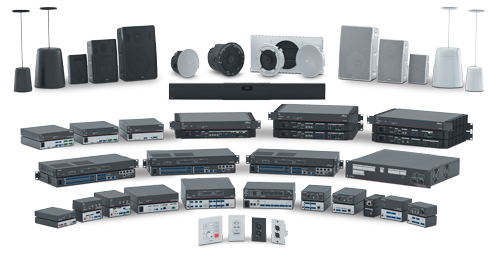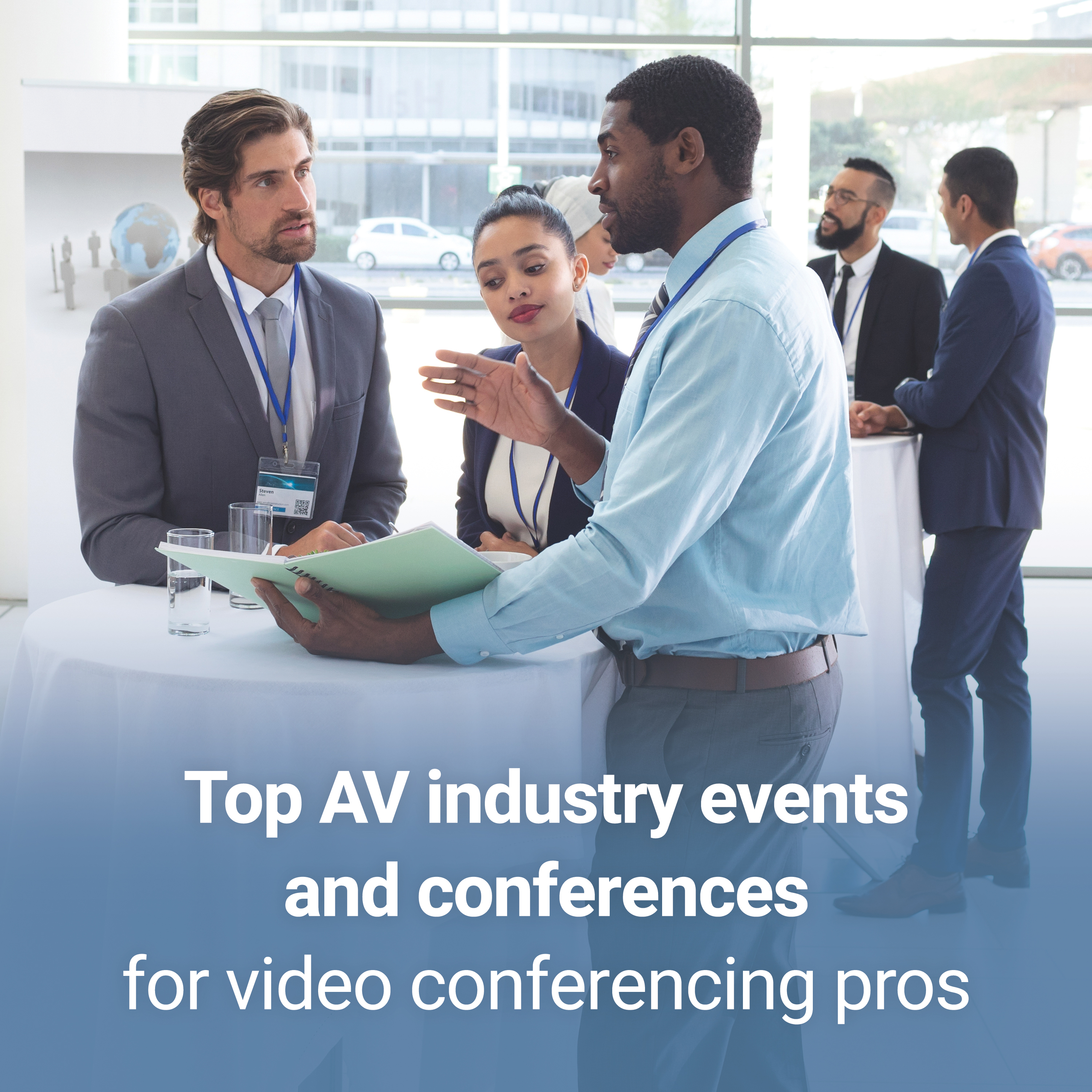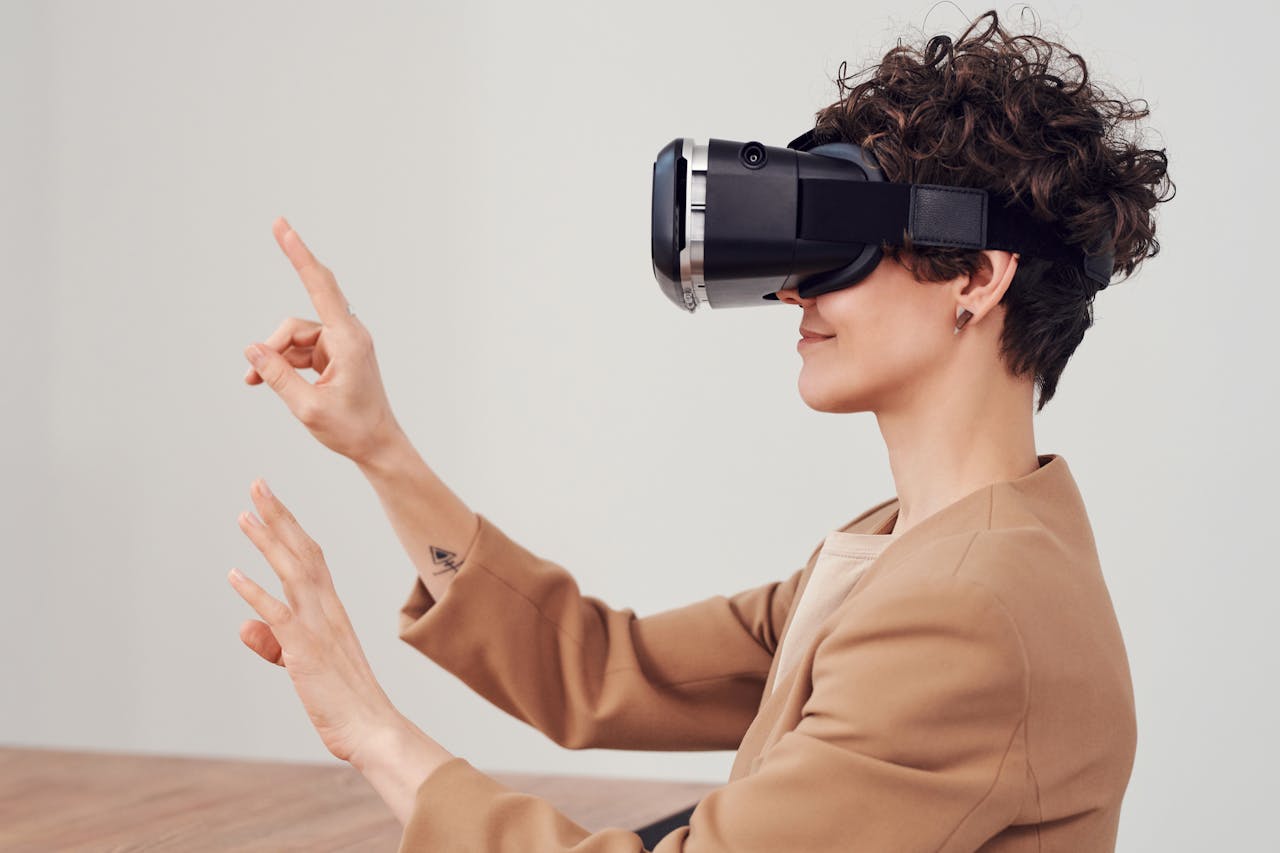.jpg?width=1093&height=656&name=Blog_M2_Customer-Education%20(1).jpg)
Video Conferencing Collaboration
In the era of remote work and virtual collaboration, video conferencing has become an integral part of our professional lives. However, the success of these virtual meetings heavily relies on the performance of our audiovisual (AV) systems. To ensure optimal audio and video quality, it is crucial to educate customers about best practices for optimizing AV system performance. In this blog, we will explore key strategies and techniques to enhance your video conferencing experience and deliver seamless virtual meetings.
Best Practices for Optimization
Understand Your AV System
Before diving into optimization techniques, it's essential to have a solid understanding of your AV system. Familiarize yourself with the different components, such as cameras, microphones, speakers, and audio interfaces. Identify the capabilities and limitations of each component to make informed decisions during the optimization process.

Select the Right Hardware
Investing in high-quality hardware is the foundation of a successful AV system. Choose cameras with high-resolution capabilities and good low-light performance for clear and detailed video. Opt for professional-grade microphones that capture crisp audio and minimize background noise. Additionally, ensure your speakers or headphones deliver high-fidelity sound, enabling effective communication during meetings.
Evaluate Network Bandwidth
The performance of your AV system is heavily reliant on a stable and fast internet connection. Evaluate your network bandwidth to ensure it can handle the demands of video conferencing. Consider using a wired connection whenever possible, as it provides a more reliable and consistent experience compared to Wi-Fi. If necessary, upgrade your internet plan to accommodate higher data transfer rates.
Optimize Lighting Conditions
Proper lighting can significantly enhance video quality and make you look more professional during virtual meetings. Utilize natural light whenever available by positioning yourself facing a window. If natural light is insufficient, invest in soft, diffused artificial lighting to eliminate harsh shadows and create a balanced, well-lit environment.
Configure Audio Settings
Audio quality plays a critical role in effective communication during video conferencing. Adjust the audio settings on your device to achieve optimal performance. Ensure microphone sensitivity is set appropriately, avoiding distortion or background noise pickup. Familiarize yourself with microphone positioning techniques to maximize audio clarity and minimize echo or reverberation.
Position Your Camera
Camera placement is crucial for creating engaging and professional-looking video. Position the camera at eye level, allowing others to see you at your best. Avoid extreme angles or excessive close-ups, as they can be visually distracting. Maintain good eye contact by looking directly into the camera when speaking, creating a sense of connection with your audience.
Test and Calibrate
Regularly test and calibrate your AV system to maintain optimal performance. Use video conferencing software's built-in testing tools or external software to assess audio and video quality. Make necessary adjustments to settings or hardware components to address any issues. Regular maintenance and calibration will ensure your AV system consistently delivers exceptional performance.
Provide Customer Education
As an AV system user, educate yourself and your team about the best practices for optimizing system performance. Develop training materials, conduct workshops, or provide online resources to enhance customer education. Encourage users to stay updated with the latest advancements in video conferencing technology and share knowledge within your organization.

Turning Practice into Action
Customer education plays a pivotal role in optimizing AV system performance for video conferencing. By understanding the various components, selecting the right hardware, evaluating network bandwidth, optimizing lighting conditions, configuring audio settings, positioning the camera effectively, and regularly testing and calibrating the system, you can achieve seamless and impressive virtual meetings. Embrace these best practices, empower your team, and elevate your video conferencing experiences to new heights of productivity and engagement


